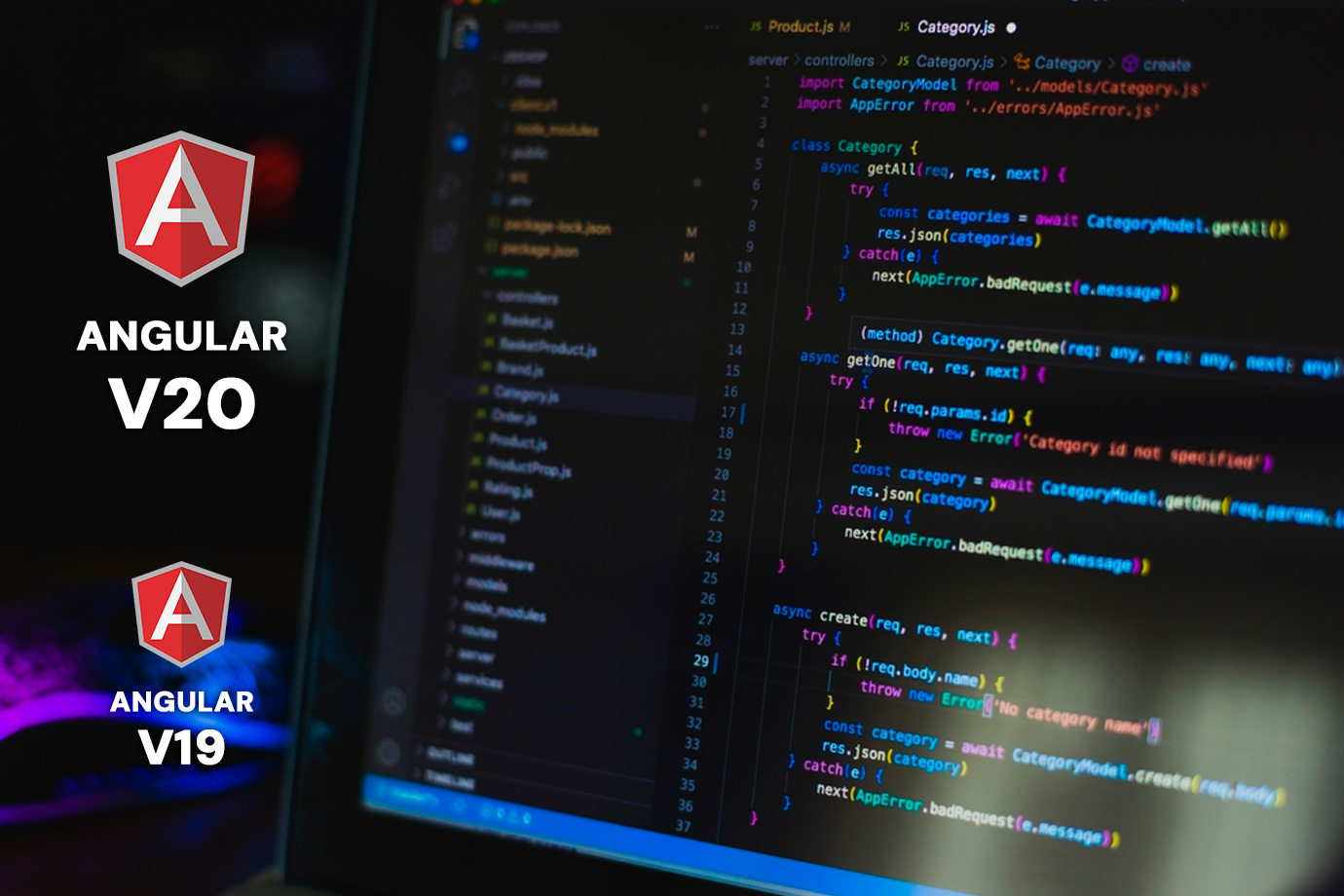How Agent Lightning from Microsoft Enables Multi-Agent Reinforcement Learning for Any AI Agent
.jpg)
24 Nov 2025
Introduction
The inventions by Microsoft Research, Agent Lightning, are a game-changer in AI agent training. It is not a different RL framework - it supports multi-agent reinforcement learning (RL) on virtually any type of agent, with nearly no code modifications. In the case of companies that are constructing autonomous agents, chatbots, tool-using agents, or LLM-based systems, the Agents Lightning opens the door to ongoing, scalable optimization. Instead of having a fixed set of prompt + tool logic, the agents can be trained to learn through interaction, and to get better over time, in addition to adapting to the real-world usage.
This blog will help us to understand how Agent Lightning works, why it is designed to be used in multi-agent RL, and why it is important to you, especially when you are developing complex agent systems in production.
What Is Agent Lightning?
Simply, Agent Lightning is a Microsoft-provided open-source RL tool that separates the logic of your agent and the RL training process. The classic RL models have agent execution and training loops, which tend to be closely coupled together, such that re-writing your agent or losing modularity. To overcome this, Agent Lightning proposes a Training-Agent Disaggregation architecture.
Here’s how it works:
- Lightning Server: This is a training management component. It presents an API (OpenAI-compatible) and communicates with RL algorithms with infrastructure such as Verl.
- Lightning Client: It co-exists with your already existing agent (LangChain, OpenAI Agents SDK, AutoGen, or your own), instruments it, traces execution, rewards, and errors, and makes this data available to the server.
- Unified Data Interface: Agent Lightning advances agent execution to a Markov Decision Process (MDP). All the steps or actions are considered RL actions with their states, rewards, and transitions.
- Algorithm Support: It supports hierarchical RL via its LightningRL algorithm, which handles multi-turn, multi-agent, or tool-augmented workflows.
Due to this structure, you do not have to dismantle your code of the agent. You will be able to plug in the Agent Lightning, watch the agent as it works, and begin training without rewrites of importance.
Why Multi-Agent Reinforcement Learning Matters for Agents
When you are creating intelligent agents, you are likely to be operating in more than one role, workflow, or collaborative agent. This is why multi-agent RL is so useful in this space- and why Agent Lightning is best suited to it:
1. Complex Coordination
Agents frequently need to coordinate: there is the agent who is planning, the other one who executes, and the other one who verifies. In multi-agent RL, it is possible to optimize the policies of each agent and their collective actions. The selective optimization of such system agents is supported by Agent Lightning.
2. Hierarchical Tasks
Real-world agents deal with multi-turn interactions, tool calls, and branching logic. Single-step PPO (flat RL algorithm) is frequently not able to reward components of the task appropriately. The LightningGR of Agent Lightning hierarchically breaks down trajectories and effectively gives credit.
3. Scalability & Realism
Since the client-server architecture of Agent Lightning decouples execution and training, it is possible to scale your RL training without interfering with your production agent. The server trains; the agent runs. The policy changes with time to indicate actual use.
4. Error Handling & Observability
Lightning Client is designed to be observable; it tracks failures, stuck states, tool errors, etc. These signals are used as the input to the training loop; thus, the system learns not only to be successful but also to learn how to recover after failure.
How Agent Lightning’s Architecture Enables Agent-Agnostic RL
To get a clear idea as to why Agent Lightning is that powerful, we will have to go into its Training-Agent Disaggregation architecture.
- MDP Abstraction: Agent Lightning is based on the view of agent execution as an MDP, independent of agent construction. A state is a one-point description of the semantic variables of the agent (memory, context, tool outputs). “Actions” correspond to LLM or tool invocations.
- Sidecar Trace Collection: A sidecar client tracks what the agent does: prompts, tool calls, state transitions, and errors. These get converted to RL transitions: (state, action, reward, next state).
- Lightning Server: This is the place where RL occurs. The server accepts runs, waits in queues and trains according to LightningRL (or any other supported algorithm ).
- Reward & Credit Assignment: Due to the potentially lengthy, multi-step, and multi-agent tasks, LightningRL breaks down credit on two levels:
- Trajectory-to-Call: The total episode reward is distributed in a meaningful manner to each of the calls (invocation of a tool) in a meaningful way.
- Call-to-Token: It does token-level credit assignment within an LLM output in order to be able to optimize it more granularly.
- Error Monitoring: The system raises failures, errors in executing the systems, and abnormal behaviors. This assists RL in acquiring stronger policies.
This is so that your agent runtime will not be affected, and you will only ensure that you plug in training as a totally different issue.
LightningRL: The Hierarchical RL Algorithm Behind Agent Lightning
The LightningRL algorithm is one of the most innovative ones in Agent Lightning. Here’s what makes it special:
- Hierarchical Credit Assignment: It subdivides a complete multi-step interaction (or multi-agent conversation) into smaller units that are RL-friendly, both on the level of calls and on the level of tokens.
- Compatibility: Works with the standard RL algorithms (p.e, PPO, GRPO, REINFORCE++), without requiring hacking the agent.
- Scalable Context Handling: It does not concatenate everything into a single long sequence, so it is not faced with context length and masking issues.
- Selective Optimization: Selective Optimization in a multi-agent system allows you can select the agents to be trained or optimized, and you have fine-grained control.
- Extensibility: Agent Lightning can be extended with more fancy modules of credit assignment (e.g., value functions, learnt reward models) at a later point.
Due to LightningRL, Agent Lightning is not only effective in simple agents, but also in the case of complex, tool-using, multi-turn, and multi-agent workflows.
Training Agents with Agent Lightning: A Step-by-Step Flow
This is how a general training cycle of Agent Lightning could be:
1. Instrument your agent runtime
- Compose Lightning Client with your agent (LangChain, AutoGen, etc.).
- Prompts, tool calls, agent states Use sidecar tracing.
2. Define your reward function
- Determine what can be considered a success (e.g. finishing the task, tool appropriateness).
- Optional Intermediate rewards are also optional based on error signals or observability metrics.
3. Rollout & Trace Collection
- Use your agent to execute jobs in real or simulated environment.
- The client collects (state, action, next_state, reward) tuples and streams them to the server.
4. Train Using LightningRL
- Lightning Server performs training loops based on obtained trajectories.
- It uses the hierarchical RL credit assignment to update the model.
5. Deploy Updated Policy
- As soon as the model is improved, change the new policy or timely template.
- Keep on gathering new data in order to continue refining through RL or prompt tuning.
6. Monitor & Iterate
- Use built-in observability via the client to monitor failures, tool use, and anomalies.
- Adjust reward, training hyperparameters, or which agents to optimize.
Real-World Use Cases: Where Agent Lightning Shines
Agent Lightning is not just a lab toy. According to the demos and research of Microsoft, it is already performing well in various real-world and benchmark tasks:
- Text-to-SQL Workflows: With LangChain, a query generator can be used to generate SQL queries and rewrite SQL. The process of LightningRL streamlines the flow.
- Retrieval-Augmented Generation (RAG): OpenAI Agents SDK involves the retrieval of Wikipedia or a knowledge base by an agent, which then constructs responses and gets better as time progresses.
- Math QA: Tool Use: AutoGen is an agent that uses a calculator tool. LightningRL assists in better specifying when and how to access the calculator to augment accuracy.
The cases of multi-agent coordination, dynamically-utilizing tools, and long-horizon tasks, in which the conventional RL or fine-tuning fails, can be seen.
Why Agent Lightning Is a Breakthrough in Multi-Agent RL
Agent Lightning offers several strong advantages over existing RL and agent training frameworks:
1. Zero (or Minimal) Code Change
- Most RL systems require rewriting agent logic. Agent Lightning works with your existing agents.
2. Framework Agnosticism
- Supports LangChain, OpenAI Agents SDK, AutoGen, and more.
3. Scalable & Production-Ready
- The client-server architecture supports distributed training and real-world deployment.
4. Hierarchical RL
- LightningRL enables credit assignment across sub-actions and across tokens, which is critical for complex workflows.
5. Observability & Error Handling
- Built-in monitoring of runtime errors ensures training is robust and can learn from failures.
6. Open-Source
- MIT-licensed and community-friendly. You can contribute or customize.
Risks, Challenges & Considerations
The power of Agent Lightning is not a magic bullet. The following are some actual risks and challenges to be noted:
- Reward Design Complexity: It is difficult to define a reward function that can measure the success of agents. In case you design it in such a way that the agent will maximise the wrong behaviour.
- Stability & Exploration: HR, particularly in multi-agent or hierarchical situations, may be unstable. In the absence of diligent training plans, you can end up with retrogressive or rotten policies.
- Computational Cost: Training RL agents in parallel involves putting up compute resources. The lightning architecture server-client architecture assists, but cost-wise in production, it is not trivial.
- Credit Assignment Limits: Although the credit assignment by LightningRL is significantly superior to naive RL, it can very well fail in cases where the reward signals are very sparse or delayed.
- Integration Overhead: The cases of multi-agent coordination, dynamically-utilizing tools, and long-horizon tasks, in which the conventional RL or fine-tuning fails, can be seen.
Strategic Implications for Businesses (B2B)
Provided that you are an enterprise AI agent development company, or that you offer personalized AI training solutions, Agent Lightning changes radically what can be done:
- You are able to optimize the deployed agents (LangChain, AutoGen, etc.) without re-creating them in the first place.
- You can offer reinforcement learning consulting services: helping companies integrate Agent Lightning and set up RL pipelines.
- You can offer scalable RL training to the real-use agents of customers, such as customer support bots, decision-making agents, and tool-augmented agents.
- On maximizing AI agents, you can use the Agent Lightning that gives you the opportunity to continually optimize your models on how a real user-agent interaction operates to achieve better performance with time.
- The zero code-change RL optimization can be used to minimize the risk associated with your development effort and speed up your time-to-value to the customer.
Looking Ahead: Where Agent Lightning Is Going
According to the Microsoft Research team and the project roadmap:
- They will add support for off-policy RL, curriculum learning, and hierarchical RL in addition to existing LightningRL.
- They are developing more sophisticated reward systems, such as rewards based on user feedback, tool success indications, and long-range credit allocation.
- Have more backends of RL: Agent Lightning uses Verl, but other training systems (e.g., LLaMA-factory, DSPy) are intended to be supported.
- Wider agent framework compatibility: other than LangChain and AutoGen, they also target to support MetaGPT, Semantic Kernel, etc.
- They are developing in the real world and are robust, observable, error-correctable, and production-scale training.
How to Get Started
To give you an idea of where to start, assuming you are sold (or optimistically cautious) and are interested in trying Agent Lightning on it, at least the following roadmap can be used:
1. Assess Use Case
- Do you currently have a LangChain, OpenAI Agent SDK, or AutoGen agent?
- Do your tasks involve using multi-turn tools, multi-agent?
2. Define Reward Functions
- Plan the way to measure “success. Consider the short-term and long-term rewards, negative instances, and intermediate indicators.
3. Set Up Agent Lightning
- Install Agent Lightning pip install agentlightning Github.
- Start Lightning Client with your agent.
- Train Lightning Server on RL.
4. Run Initial Experiments
- Run small-scale rollouts. Collect data. Train using LightningRL.
- Track the training stability, reward trends, and behavior of agents.
5. Iterate & Scale
- As soon as your model is improved, implement the new policy.
- Continue refining reward design, error monitoring, and RL hyperparameters.
- Add more agents or more tasks as required.
6. Integrate Into Business Pipeline
- In case you are providing B2B services, this should be bundled into your AI agent development packages or your RL consulting packages.
- Track ROI: what is the real usage performance of your agent, what fewer manual interactions, what more user interactions.
Conclusion
The Microsoft agent Lightning is a fundamental change in the way that we conceptualize training AI agents. It provides unprecedented flexibility by separating agent code and RL training. The hierarchical LightningRA algorithm allows assigning credit to the multi-agent, and the client-server design can be extended to real-life execution.
Agent Lightning offers you a possible, scalable, reinforcement-based agent training system (notably using LangChain, AutoGen, or OpenAI Agent SDK) to organizations that are interested in creating intelligent, adaptable agent systems, and which have access to behavioral data. Agent Lightning can be the foundation of an agent training optimization strategy if you are conducting R&D, manufacturing production agents, or providing enterprise AI services.
Attempting to end up with future-proofing, making your agent faster and more resilient on real-world interaction feedback, and more capable and adaptable agents? Now then may we think of Agent Lightning.





